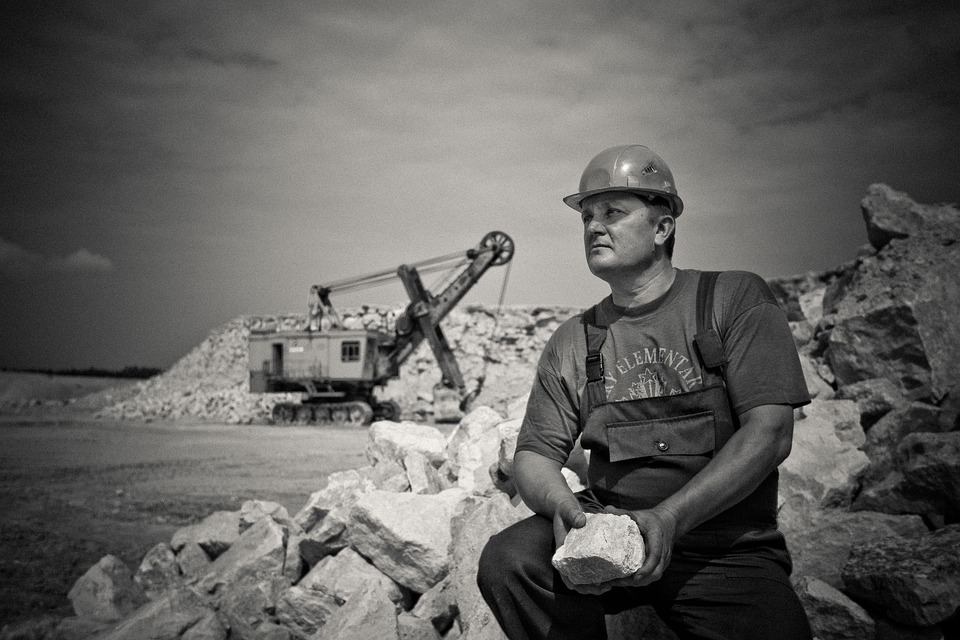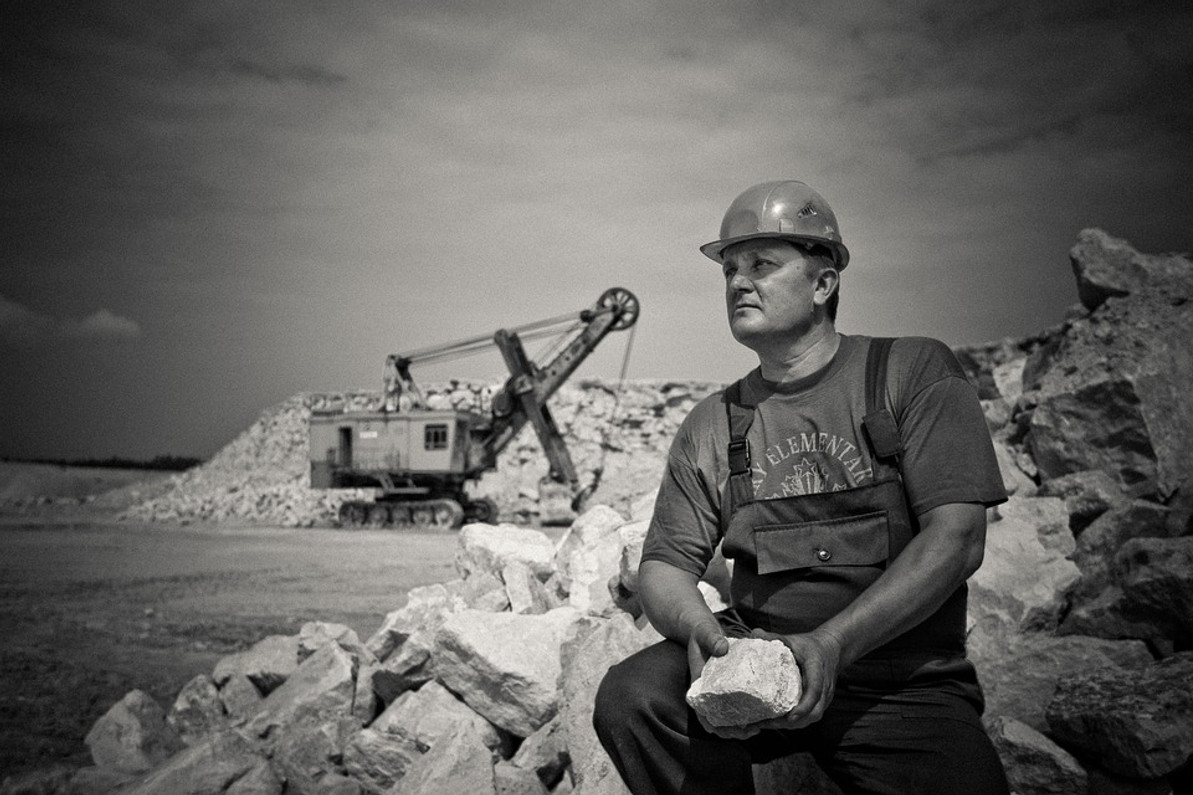OSHA to Reverse Rules on Exposure to Toxic Mineral Dust

The Occupational Safety and Health Administration (OSHA) may soon roll back certain changes to a rule designed to protect workers from the toxic mineral beryllium.
Of course, this shouldn't come as a surprise, given that OSHA expressed desire to roll back the rule shortly after Trump took office. The Administration proposed a new role that involves a special waste product called coal slag, which would better control the toxic mineral.
OSHA has been working to protect workers from exposure to beryllium for nearly four decades now. Statistics show that exposure to the toxic mineral -- which is commonly found in shipyards, mines and construction sites -- contributes to some 100 worker deaths every year. When workers are exposed to beryllium, it leads to a chronic and debilitating form of lung disease, to which there is no cure.
Under OSHA's newly proposed rule, shipyard and construction employers would be required to use coal slag to meet updated maximum exposure limits, just as other companies are required to to so. However, the newly proposed rule also exempts shipyard and construction sectors from the ancillary requirements. These ancillary requirements specifically involve healthcare monitoring and other forms of medical safety protection measures.
Coal slag is essentially a waste product that's made by burning the remains of coal and soaking them in cold water. The final product has a gritty, abrasive consistency, which companies use to sandblast ships and other products before painting them. Unfortunately, though, even coal slag contains trace levels of beryllium, which could pose a risk to workers' health.
Beryllium exposure is particularly problematic in the shipyard and construction industries. According to OSHA, roughly 11,500 workers in these industries are exposed to harmful levels of the toxic mineral. In comparison, 50,000 workers in all other industries are exposed to harmful levels of beryllium.
When speaking about the newly proposed rule, OSHA explained that it already has standards in place to protect workers from exposure, such as ventilation and paint removers. Additionally, OSHA believes the new rule will allow for public comments to better understand the nuances of beryllium exposure and how to protect workers from it.
"OSHA has a number of standards already applicable to these operations, including ventilation (29 CFR 1926.57) and mechanical paint removers (29 CFR 1915.34). In addition, this proposal provides stakeholders with an additional opportunity to offer comments on the protections needed for workers exposed to beryllium in the construction and shipyard sectors, including the need for the ancillary provisions in the January 9, 2017 construction and shipyard beryllium standards," explained OSHA.
Recent Posts
-
Fire Safety in the Workplace: What You Need to Know
What steps are you taking to prevent fires in your workplace? According to the U.S. Occupational Saf …Aug 23rd 2023 -
Is It Safe to Go Jogging With a Cold Infection?
If you're suffering from a cold infection, you might be wondering whether it's safe to go jogging. T …Aug 22nd 2023 -
5 Safety Tips to Follow When Using a Powder-Actuated Tool
Powder-actuated tools are commonly used to join materials to steel and concrete. Also known as Hilti …Aug 20th 2023




